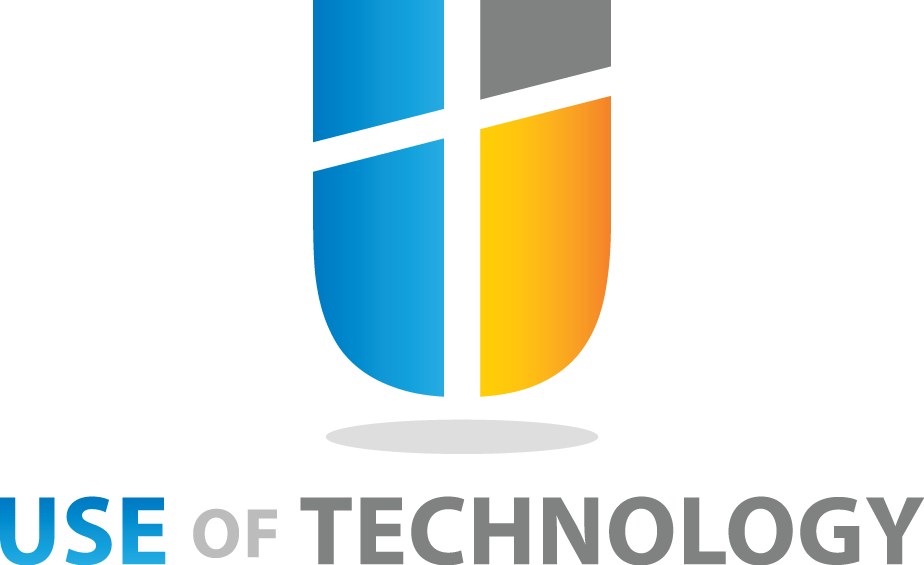Decision making is one of the most significant and important activities in a business. Decision making involves various processes which are influenced by technology. Information technology provides a business with a Decision support system (DSS) and Artificial intelligence (AI) system, the combination of these IT systems helps you create information through online analytical process (OLAP) to facilitate decision making tasks that might require significant effort and analysis. Technology simplifies the way we make decision in a business.
Roles of technology in decision making:
- Data Processing Capabilities: technology will help you make quick business decisions by giving you the ability to slice and dice your way through massive amounts of information. Data warehouse have data mining tools which computerize the process of making decisions.
- IT brings speed: Vast amounts of information, and sophisticated processing capabilities will help you create information useful in making a decision. IT provides great power, but you – as the decision maker must know what kinds of questions to ask of the information and how to process the information to get those questions answered.
- IT Supports group decision making: A team of employees can use a group decision support system to make quick decisions. A (GDSS) group decision support system is a type of decision support system that facilitates the formulation of and solution to problems by a team. A GDSS facilitates team decision making by integrating, groupware, DSS capabilities, and telecommunications. The more complex, the less structured the decision a team has to make, the more a GDSS can help. Group decision making involves three processes and these include; Brainstorming, Issue categorizing and analysis, Ranking and voting. Read more here >>>>

HOW TO MAKE DECISIONS:
For you to make quick and crucial decisions in an organization, technology will provide you with the following systems:
– Decision support systems (DSS) – This is a highly flexible and interactive IT system that is designed to support decision making when the problem is not structured.
– Group decision support system (GDSS) – This is a type of decision support system that facilitates the formulation of and solution to problems by a team.
– Geographical information systems (GIS) – This is a decision support system designed specifically to work with spatial information.
– Artificial intelligence (AI) – the science of making machines imitates human thinking and behavior.
– Expert systems – This is an artificial intelligence system that applies reasoning capabilities to reach a conclusion.
– Neutral network – This is an intelligence system which is capable of learning to differentiate patterns.
– Genetic algorithm – This an artificial intelligence system that mimics the evolutionary, survival-of –the-fittest process to generate increasingly better solutions to a problem.
Some decisions are easy to make than others, the process of making a decision involves intelligence, design, choice and implementation. When making a decision all these four aspects must be put into consideration.
- Intelligence: Find or recognize a problem, need, or opportunity. This phase involves detecting a situation which needs your attention. These can include customer requests for new product features, the threat of new competition, declining in company sales, rising costs of operation, and so on….
- Design: Find and fix issues. It’s a stage of considering possible ways of solving the problem, filling the need, or taking advantage of the opportunity. In this phase, you develop all possible solutions you can.
- Choice: Examine and weigh the merits of each solution, estimate the consequences of each solution, and choose the best one.
- Implementation: Carry out the chosen solution, monitor the results and make adjustments as necessary.
Decisions are classified into two types which include a structured decision and a nonstructured decision.
– A structured decision involves processing certain kind of information in a specified way so that you will always get the right answer. These are the kind of decisions that you can program – if you use certain set of inputs and process them in a precise way, you will arrive at the correct result.
– A non-structured decision is one for which there may be several ‘’right’’ answers and there is no precise way to get a right answer. In brief their no rules or criteria exist that guarantee you a good solution.
Another way to vie decisions is by frequency with which the decision has to be made. The decision as to which job to take is the sort of decision you don’t make on a regular basis – this is a nonrecurring decision. Yet on the other hand, determining pay for hourly employees is a routine decision that businesses face periodically, so this becomes a recurring decision. A business can use technological tools like accounting software to calculate recurring decisions. For example, if a business has to pay its employees on an hourly basis, it can use accounting software to calculate the total number of hours for each employee and multiply that number with how much they’re supposed to earn. This process becomes simple especially when the business has so many employees.

